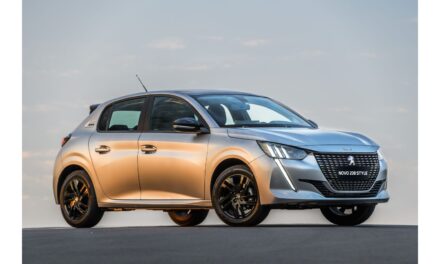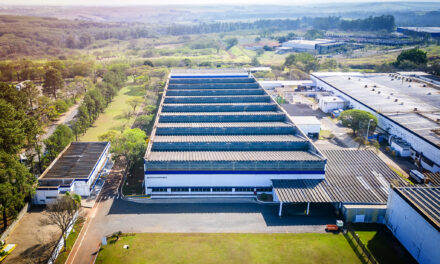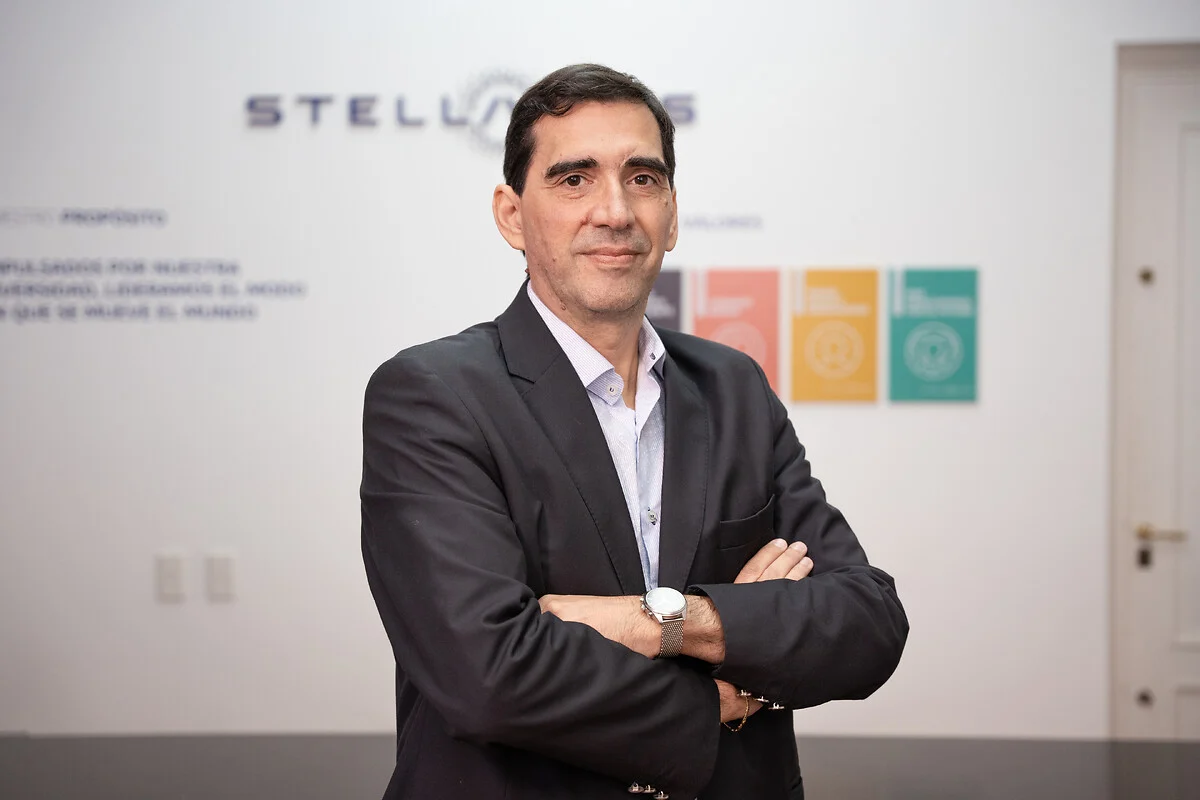By Pedro Kutney | Translated by Jorge Meditsch
Cars too expensive for most of the Brazilian population, with an average price around R$ 126 thousand, and restricted credit with interests of almost 30% a year held the Brazilian vehicle market in 2022, and nothing seems to indicate a better scenario in 2023.
From January through September – two-thirds of the year – a little more than 1.5 million automobiles, light commercial vehicles, trucks and buses were sold in the country, a result 4.7% lower than in the same period in 2021.
Despite the market showing constant signs of recovery, it seems improbable that 2022 will be better than last year.
Anfavea, the manufacturers association, believes it will be possible to reach its projection to sell 2.14 million vehicles this year, an insignificant 1% growth over 2021 – almost nothing.
To achieve this 637 thousand sales will be needed in the last quarter of 2022, meaning delivering an average of 10,111 vehicles each of the 63 working days remaining until the end of the year, considering October, November and December. Until now, this daily sales average was not reached in no month this year – the largest happened in September, with 9.2 thousand registers a day.
Semiconductors still distort
Anfavea’s president, Márcio de Lima Leite, says the sales are still under demand due to insufficient offer, as the plants are still facing microchip supply problems, producing less than necessary to fulfill all orders.
According to the executive, if all cars were delivered to those waiting for them, it would be possible to reach this year’s sales projection with some comfort.
The lack of semiconductors still persists, but the situation is much better than in the second semester of 2021 and the first half of this year.
According to the most recent AutoForecast Solutions weekly monitoring, last year the Brazilian factories lacked to produce 377.6 thousand vehicles due to the microchips shortage, while in 2022, from January through October 14, they failed to produce 176.6 thousand units, indicating this year’s losses should be about half of last year’s.
It means that the lack of chips was reduced by half, but the market still does not grow, showing that it lacks purchase power.
Low growth in 2023
And what will happen in 2023? A good part of the sector executives bet in a market from 2.1 million to 2.3 million vehicles, which forecasts one more year of stagnation, a perspective not very encouraging for an industry able to produce twice this.
In a recent interview for AutoData magazine’s special forecast edition, Anfavea’s president emphasized that the semiconductors shortage will still keep the vehicle demand higher than the offer, but he projects a minimum 4% growth for the year, “or even much more”.
Lima Leite bases his estimate on the fact that in the first quarter of 2022, only 406 thousand vehicles were sold in the country, a number much lower than the previous year’s average. Therefore, it will be easy to grow over that depressing result and, consequently, have a slightly better year than 2022.
Lima Leite also says that the rental companies still need to buy 600 thousand vehicles to renew their fleets and meet the growing demand for car location, including the subscription plans that are being increasingly offered as an option more viable than purchase, depending on the use.
When the industry returns to production at normal levels, without the lack of chips, probably in 2024, it will need a much larger market than the current one to use all its production capacity and ensure the economic viability of its operation in the country.
The Brazilian market already had potential for almost 4 million vehicles a year – in 2012, 3.8 million vehicles were sold, when the population income was higher, and cars and credit were cheaper and available. The situation today is much different.
Credit limits the market
Brazil will enter 2023 and should end it with the world’s highest interest rate, which is still not able to tame the inflation that affects the population income with badly remunerated jobs. At the same time, 53% of the families are in debt, and the vehicle financing default hits over 5% of the contracts, the highest level in many years.
The expensive credit, restricted to the few who can assume the debt takes to a distortion never seen before in the national vehicle market: in August last year, even with the high price of the cars, 65% of the sales were cash. Historically, this percentage had always been the inverse, with 60% to 70% of the vehicles bought through financing.
Anfavea’s president acknowledges that it will not be sustainable to endure this for a long time. It is inviable for the market to grow without credit to dilute in installments the stratospheric price of the cars. It will be difficult to break this vicious circle.
Pedro Kutney is a journalist specializing in economics, finances and the automotive industry. He signs the column Observatório Automotivo, specializes in the automotive sector, and works as editor of AutoData magazine. With over 35 years of profession, he was editor of the Automotive Business portal, Automotive News Brasil and Agência AutoData. He was also Finance assistant editor at Valor Econômico and reporter and writer of magazines Automóvel & Requinte, Quatro Rodas and Náutica.
Photograph: Pixabay
- SUVs distorcem mercado brasileiro com carros mais caros - 7 de maio de 2024
- Na corrida do lucro, Ferrari chega muito na frente - 22 de abril de 2024
- Por que fabricantes de veículos querem investir R$ 100 bi no Brasil? - 8 de abril de 2024








